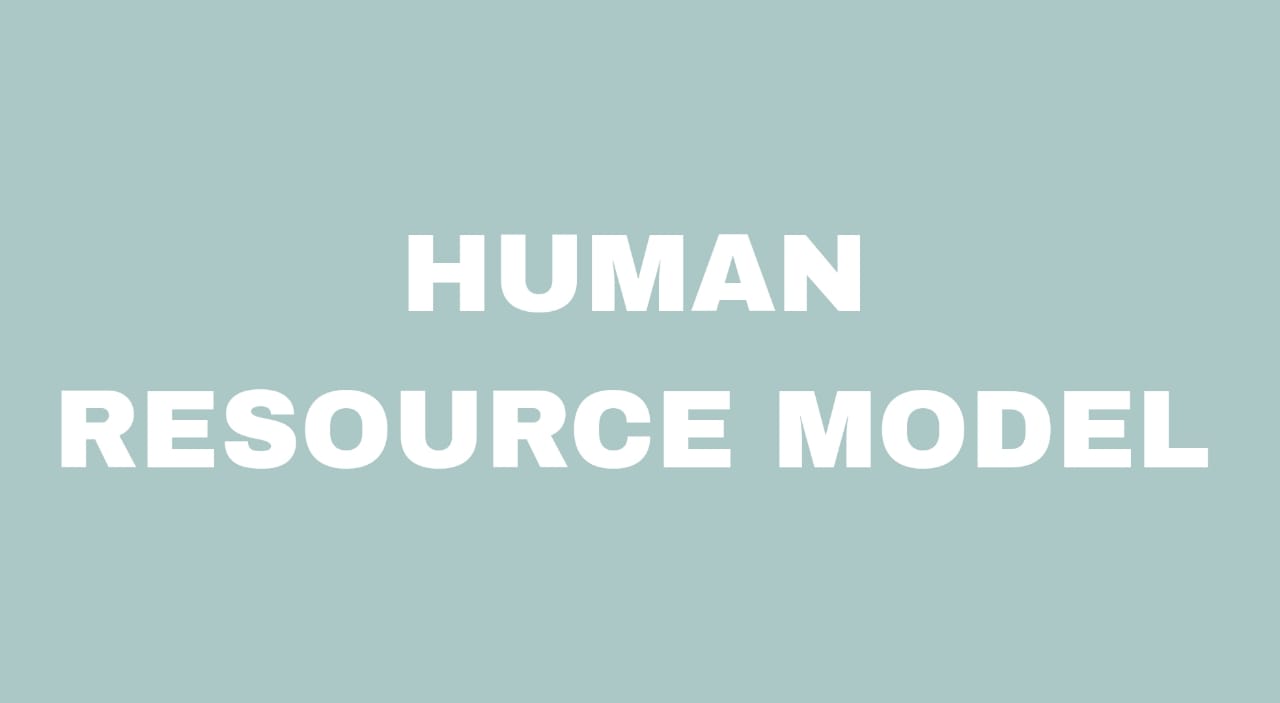Physical Address
304 North Cardinal St.
Dorchester Center, MA 02124
Physical Address
304 North Cardinal St.
Dorchester Center, MA 02124

As an HR manager or someone who wants to explore the field of Human Resources, you should be acquainted with the fundamental of such theories. These theories not only give us an understanding of how the system works but also how we can apply them in practical life to drive results accordingly.
These hr models help companies to assist HRs and add value not only to businesses but also to the knowledge of an individual in this field. Here are some of the best HR models every HR practitioner should know to grow the business and company in a better way.
This method was developed in 1992 by Randall S Schuler, a well-known scholar who was dedicated to matters of global HRM, strategic HRM, and other functions of HRM in organizations.
This human resource model operates under 5 principles:
Another 5P Model was introduced by M. G. Pryor, C. White, and L. Toombs to monitor HR strategies. It had similar features and was used as a tool to track long-term business continuity and progress. In order to sum up we can say that the performance of individuals involved in processes and the tenets of the organization directly influence organizational performance.
The Warwick Model was created in the early 1990s by the University of Warwick’s scholars Chris Hendry and Andrew M. Pettigrew. The core element of the professors who developed the hr model is that an organization’s accomplishments and progress depend on how well it manages the changes and external influences that affect it. The hr model maps the connection between external and environmental factors and explores how HRM adapts to these changes.
This hr model was developed from the Harvard Model and represents an analytical approach to HRM. It focuses on 5 different elements:
This model was developed by Paul Boselie and shows different internal and external factors that influence the effectiveness of what is done in HR.
The external forces which influence the HR model are the external general market context, the external population market context, the external general institutional context, and the external population institutional context. For example, if there is a need for skill in the market, the various process in HRM are influenced by this requirement. Apart from this, a lot of external factors have an effect on the model such as trade unions, changes in government legislation, etc.
The one highlighted in the middle forms the core part of this model and it starts with the configuration. It consists of six parts:
In the end, these outcomes will eventually lead to the establishment of critical HR goals such as cost-effectiveness, legitimacy, and flexibility as well as ultimate business goals such as profit, market share, viability, and sustained competitive advantage which will help the firm to reach its goal easily.
The regular and advanced HR value chain models are the two great methods. The typical one involves a causal chain with three components- organizational goals, HRM procedures and activities, and HRM results. Training, hiring, and other aspects of HR work are included in the terms “activities” and “processes.” These have an impact on HRM outcomes, like as performance, retention, and engagement. Results of HRM support organizational goals. Better results are produced, and objectives are further advanced when greater effort and efficiency are applied early in the chain.
The advanced hr model is different in two key aspects. The first is the balanced scorecard’s inclusion. This includes key performance indicators (KPIs) that take into account customers’, financials’, and processes’ perspectives, all of which are integral to the HR value chain. These hr model also considers the budget, HR infrastructure, and competent HR workers as facilitators of HR operations.
The Ulrich Model, often known as the Dave Ulrich Model, divides those who have an impact on HR policy into four categories. These HR managers are ambassadors for their employees as well as strategic partners and change agents. This paradigm gives people who have an impact on HR work precedence above procedures and regulations. Strategic partners develop HR strategies that aid in the expansion of the company. The major goal of change agents is to enhance the employee experience at an organization, which entails preserving and enhancing the corporate culture through the implementation of strategies.
The management of talent is an issue for administrative professionals. They manage everyday HR operations and use analytics to assess their effectiveness. Their top goals include finding talent, encouraging hard effort, and enhancing retention. They make an effort to ensure that employees are content, safe, healthy, and motivated in their job. Employee champions are people who stand up for and defend the rights of their colleagues.
While there are multiple hr models but as per the situation and organization HR Practitioners can use them to derive results and experiment with them to achieve company goals and objectives. All the hr models that we discussed are not the only ones but the best ones which can be used to achieve results. While one might work and the other doesn’t is completely situational.